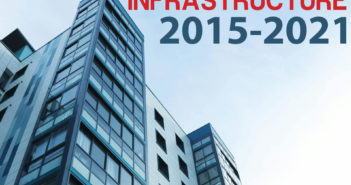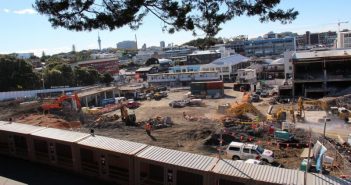
Five trends in facilities management you should know about
Undergoing rapid flux as the benefits of advanced technology are brought to bear, the facilities management industry is one of the fastest growing industries in the world, with market watcher ResearchandMarkets.com Continue →




